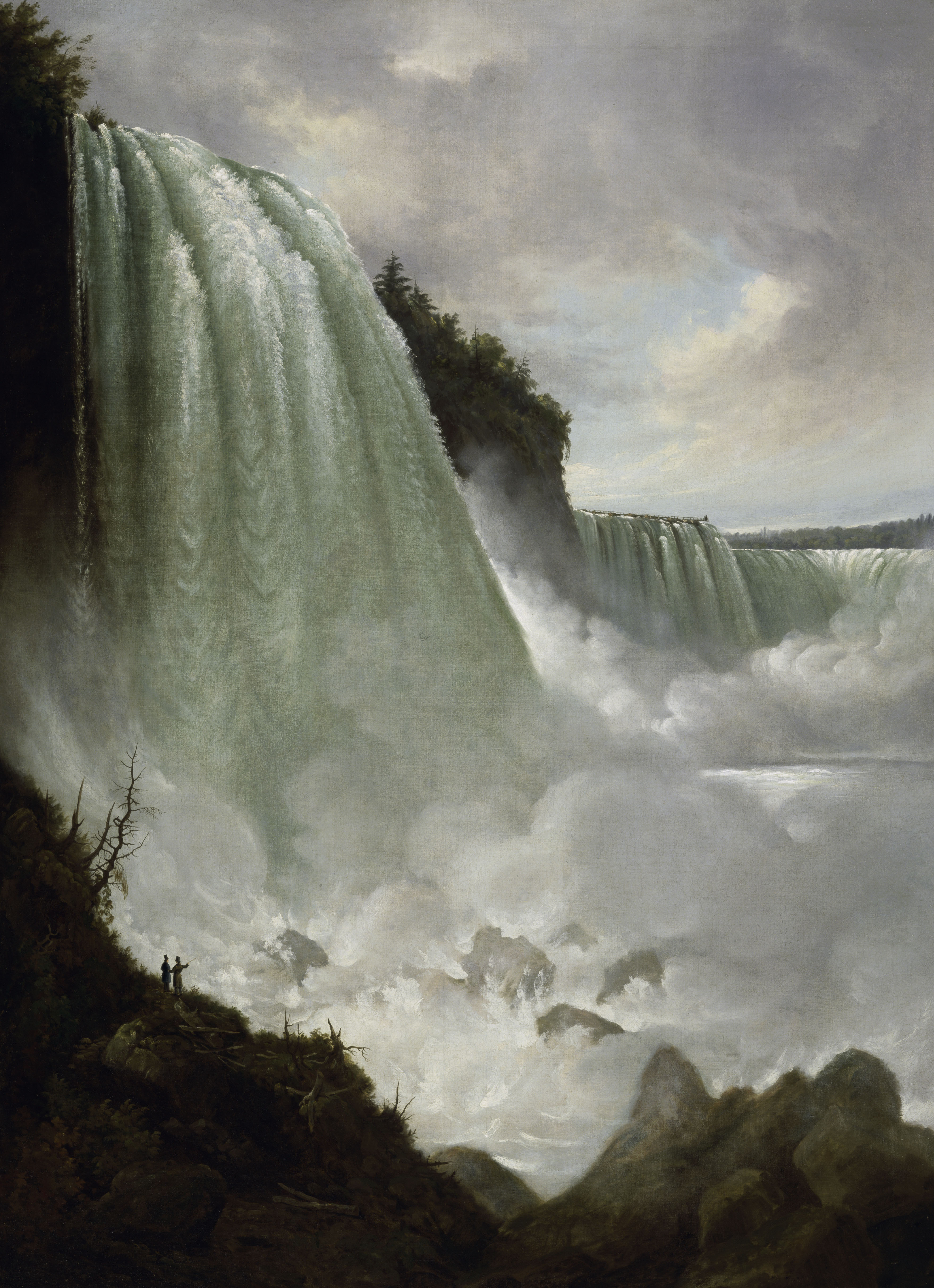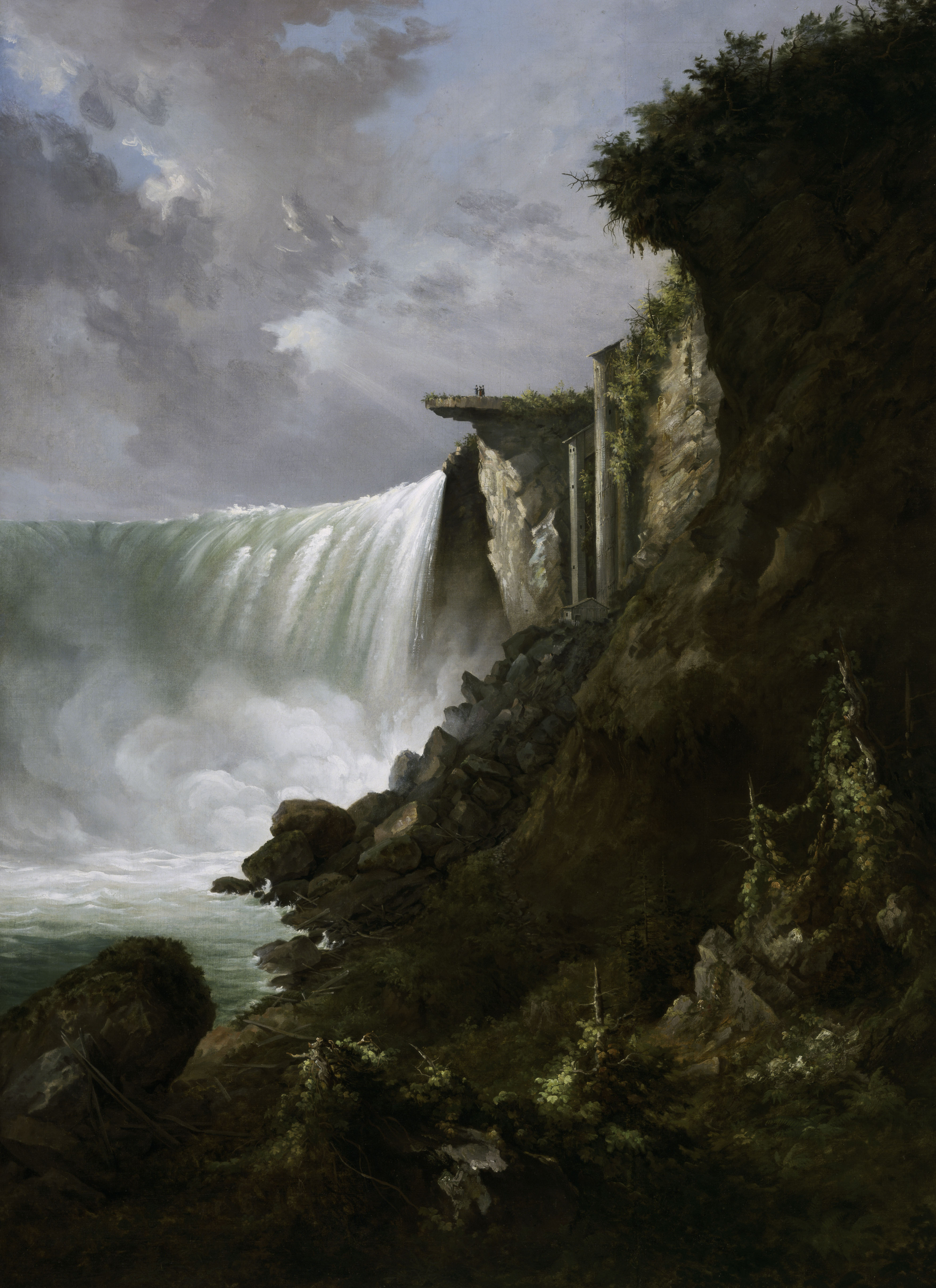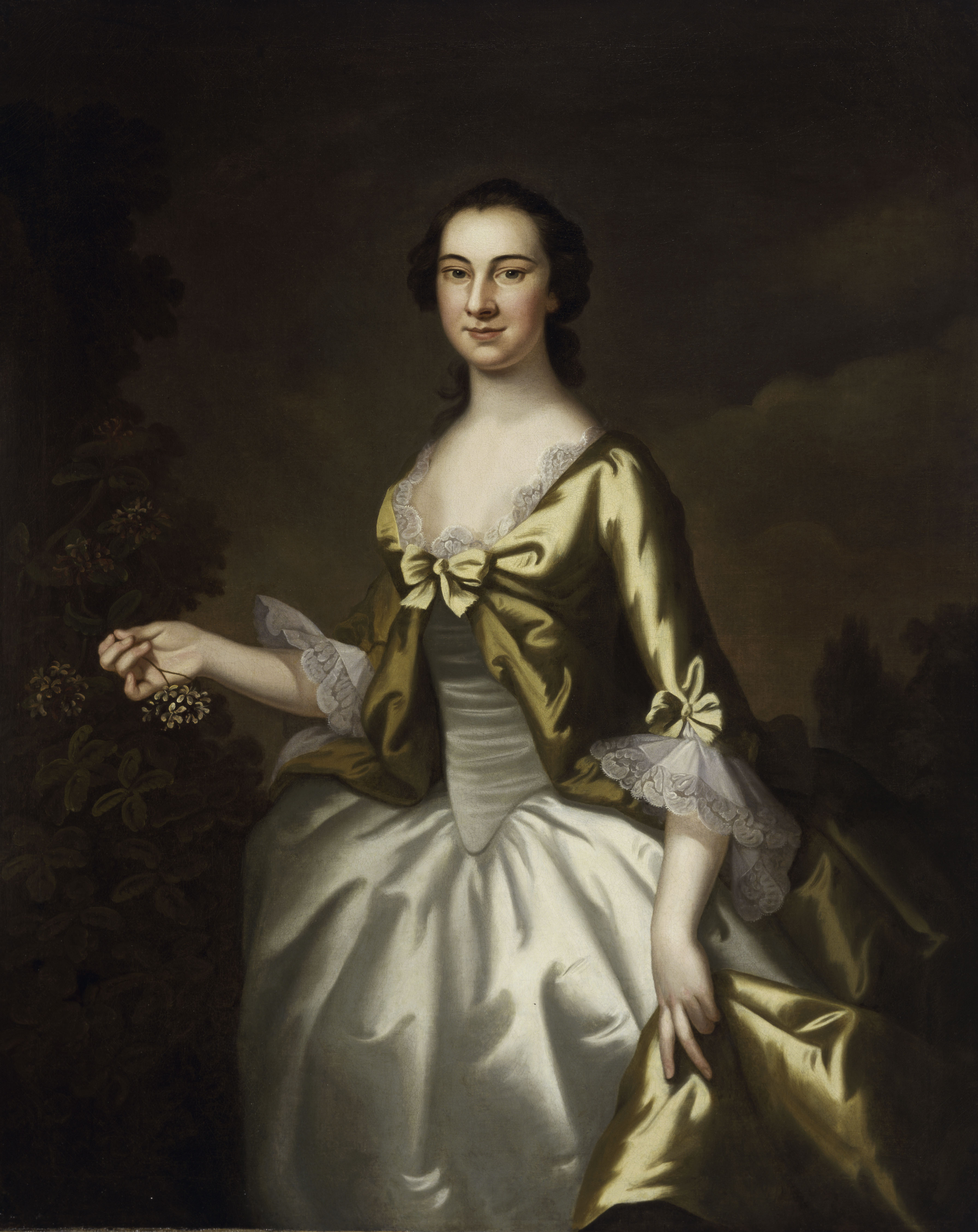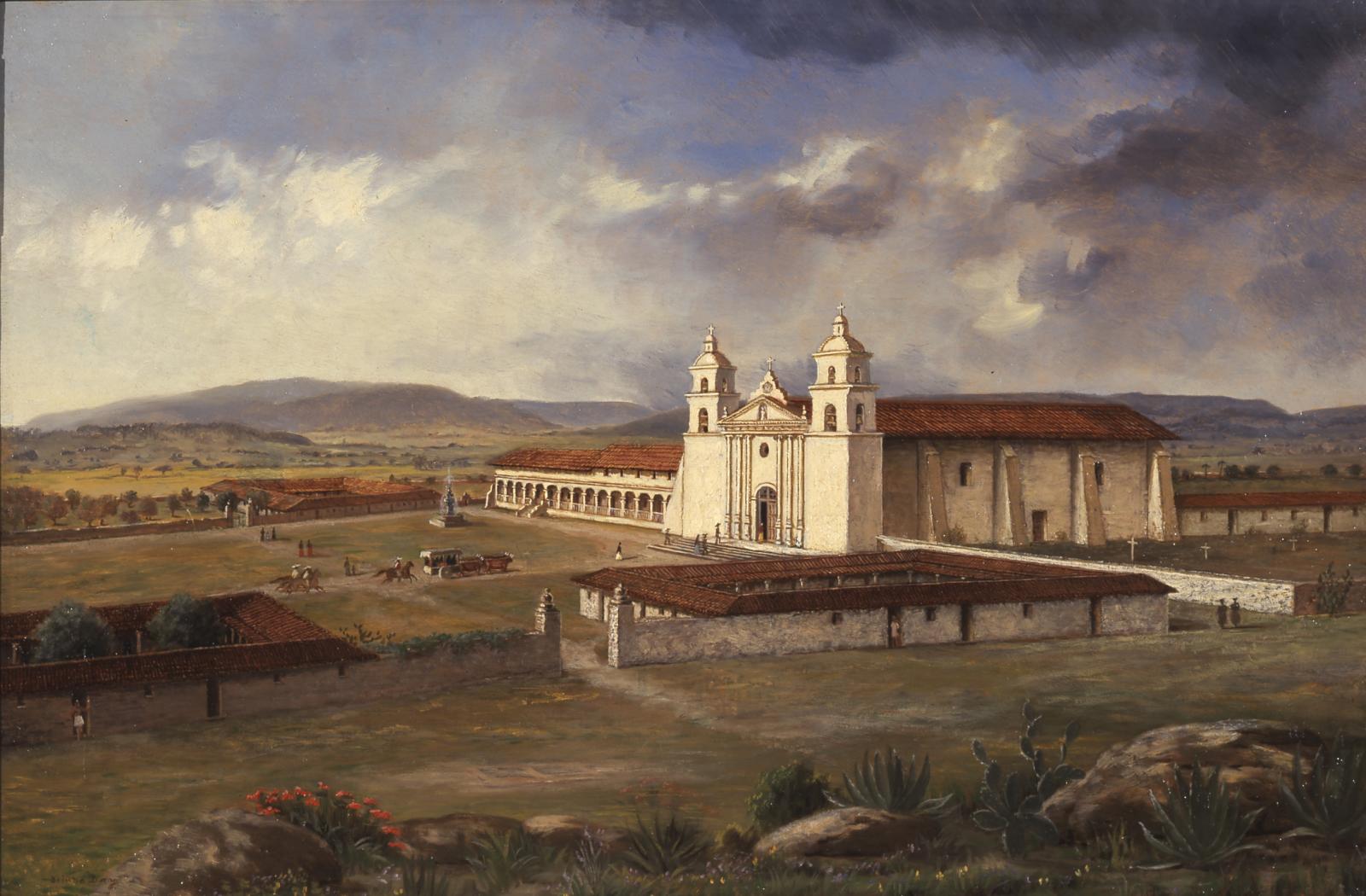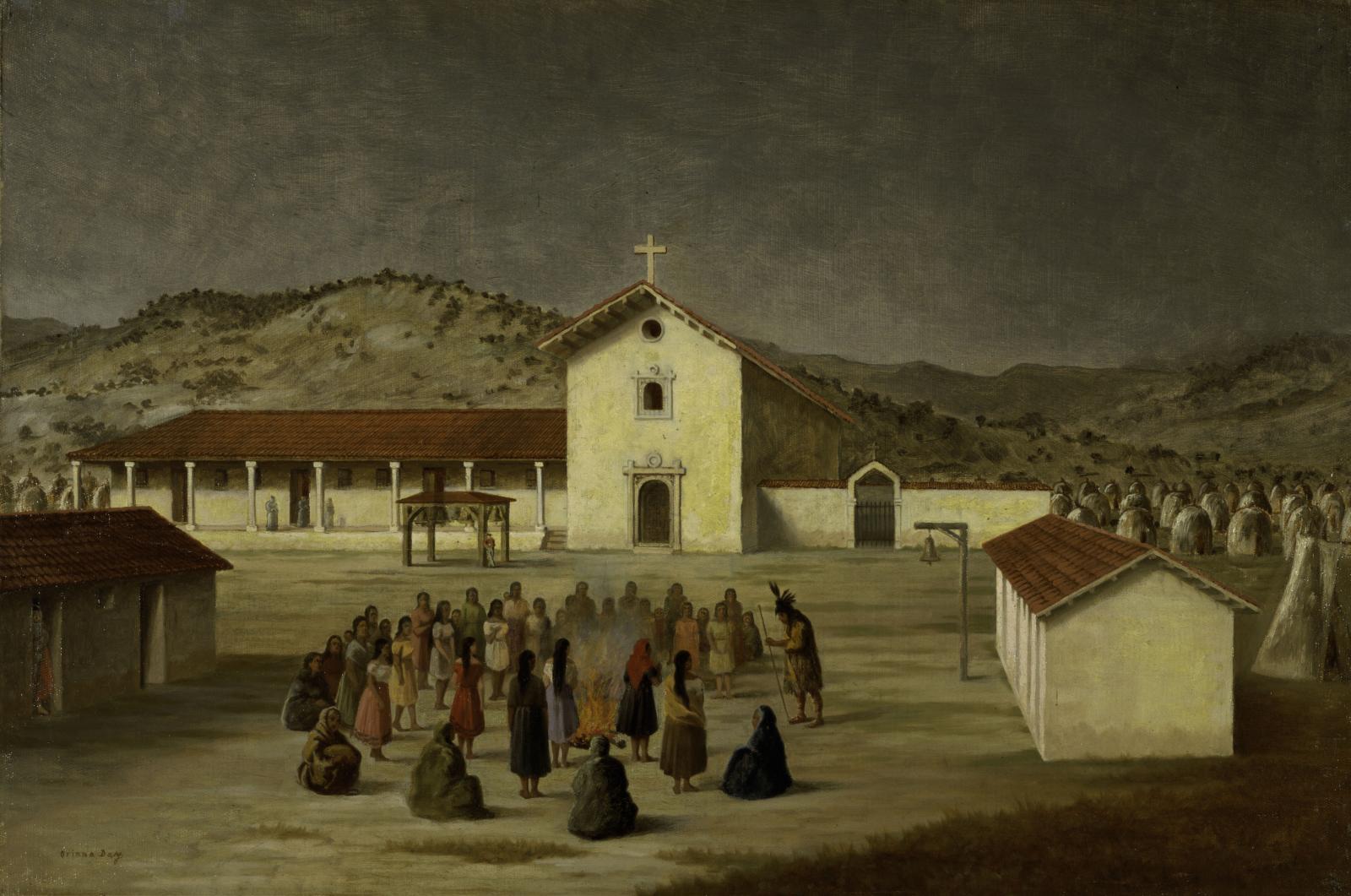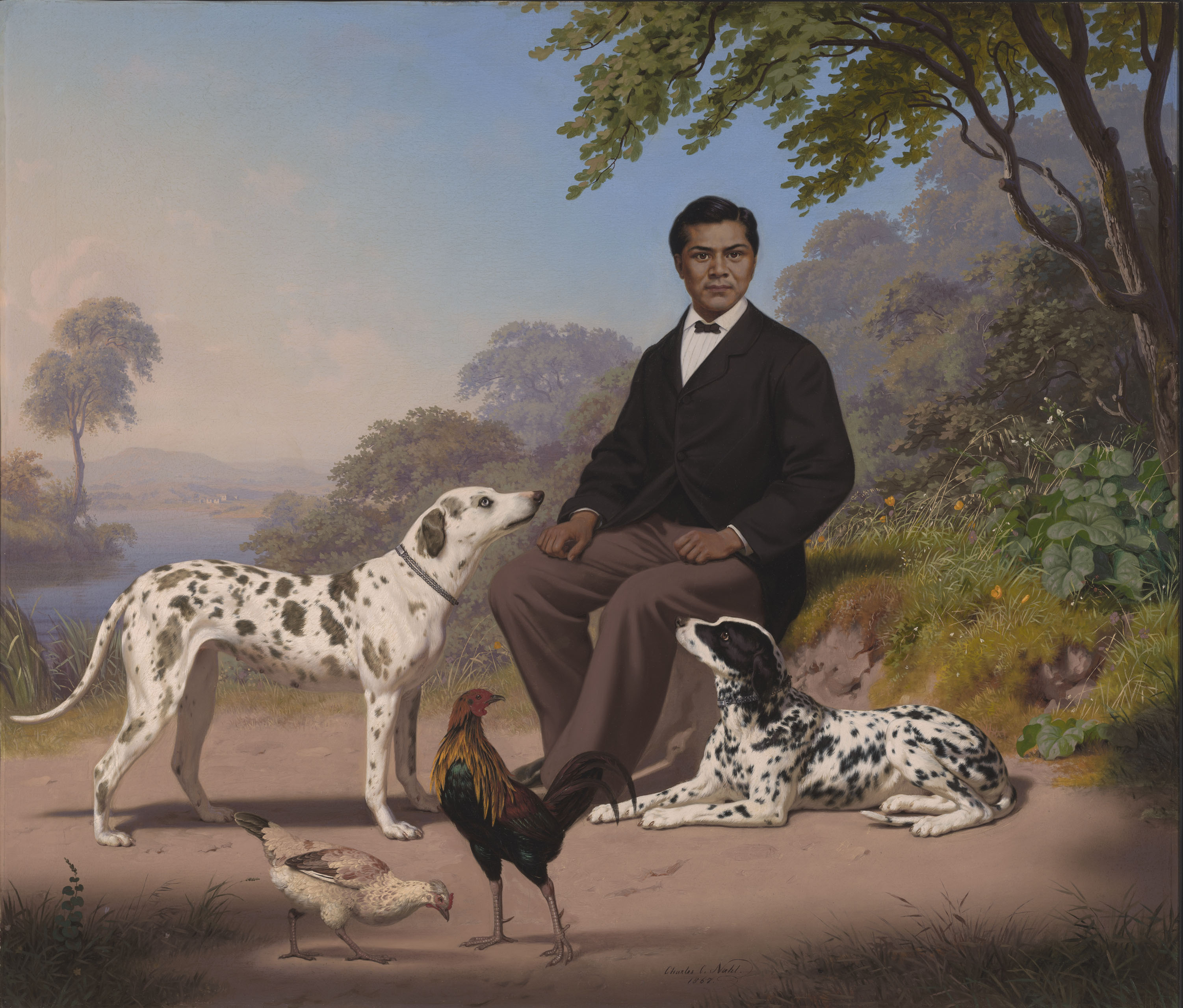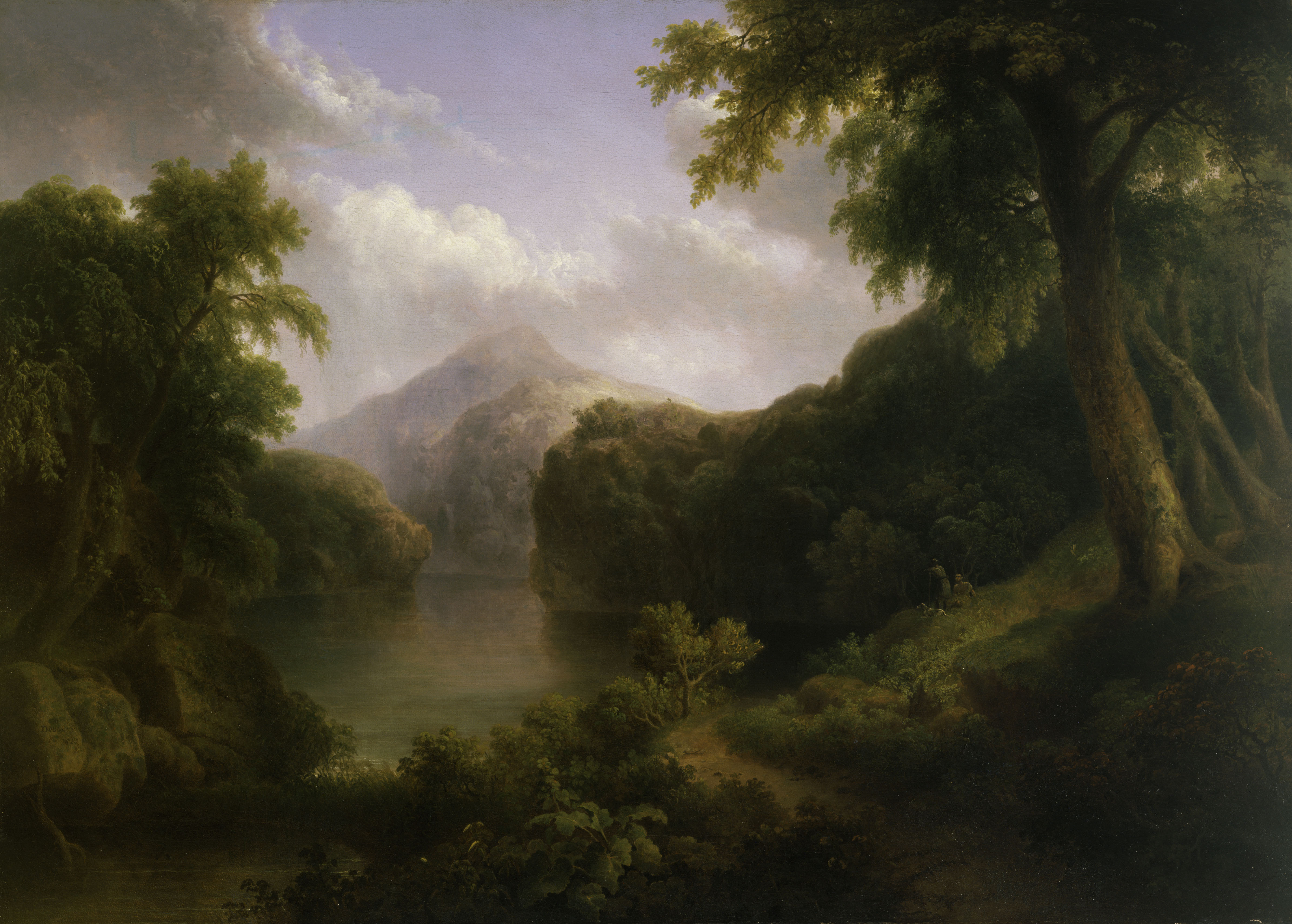Tshi-Zun-Hau-Kau (He-Who-Runs-with-Deer), Winnebago

What is the psychological impact of this portrait?
Inman’s portrait shows Native American leader Tshi-Zun-Hau-Kau (He-Who-Runs-with-Deer), who traveled to Washington, DC, in 1828 with a delegation from the Winnebago nation. He was described as “a warrior of remarkable genius and singular character.” In this portrait, he holds a feather-topped staff and cradles a steel hatchet. Around his neck he wears an Indian peace medal, a gift typically given to Native American leaders at treaty councils.
